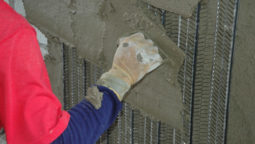Blockwork & Plastering Accessories
Introduction
In this section, KarZah provides its customers with an explanation of the types and uses of two important blockwork accessories: Block Ladders and Corrugated Angels. We also include the description of major plaster accessories: Metal Lath, Angel Beads, Plaster Stop Beads, Plaster Architrave Beads, Plaster Movement Beads, Plaster Control Joint Beads, and High-Rib Lath.
We need to use metallic building accessories in construction to cope with changes in weather and other natural conditions. For example, changes in temperature, humidity, winds, and earthquakes have adverse effects on building age in some areas. On the other hand, using plastering accessories allow us to support and strengthen cement plaster where different building elements meet. This increases plaster cohesion and prevents cracks from forming in building plaster.
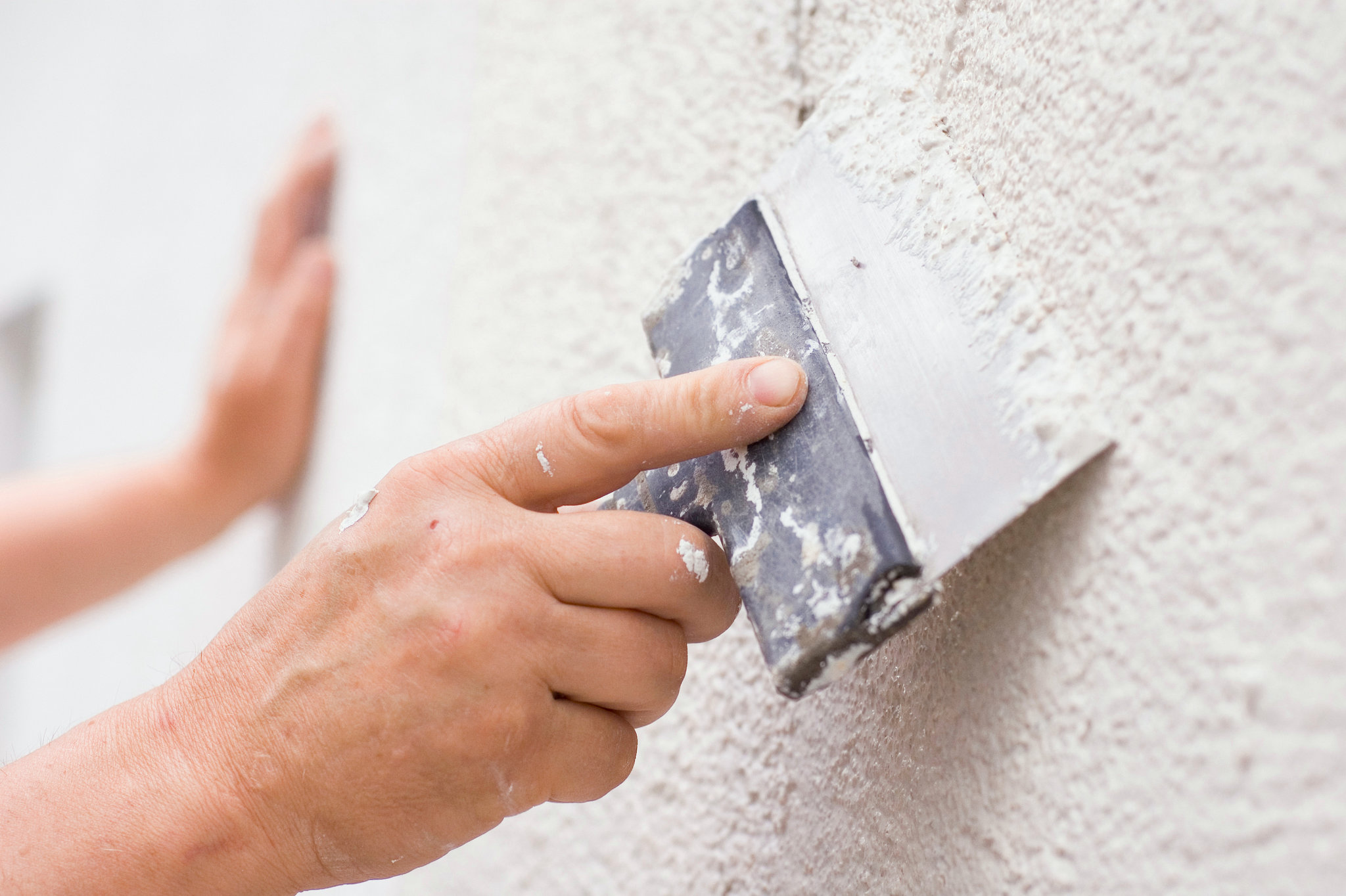
Plaster Crack
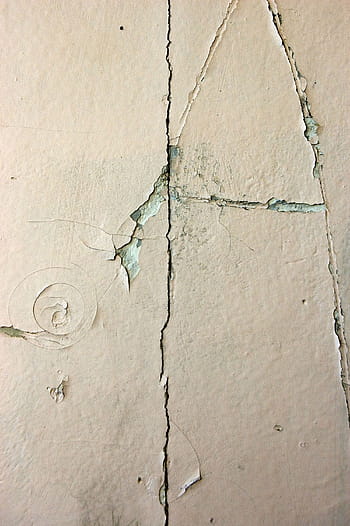
Plaster Crack
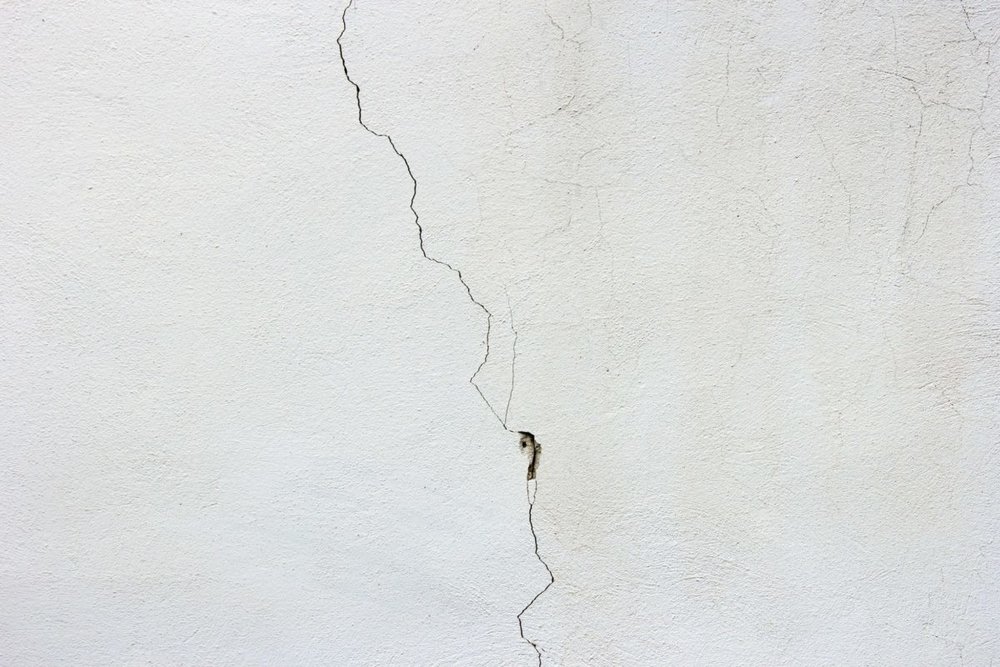
Plaster Crack
Blockwork Accessories
1. Block Ladders
- Block ladders are used to tie blocks together
- They are made of smooth or deformed reinforcement steel bars, usually 4 mm in diameter. It comes as painted, mill galvanized, and hot-dip galvanized.
- They can be manufactured from stainless-steel 4 mm diameter stainless steel bars, too. However, this type needs to be preordered.
- They are used in buildings: residential, commercial, medical, military, educational, and other building and facility types.
- Available Sizes: Block ladders are available in a standard length of 3 meters. They are manufactured in different widths (5 cm for 10 cm wide blocks, 10 cm for 15 cm wide blocks, 15 cm for 20 cm wide blocks, and 20 cm for 25 cm wide blocks).
- Unless otherwise specified by consultants, block ladders are often installed every two blocks vertical lines or a maximum of three layers to increase blocks unity.
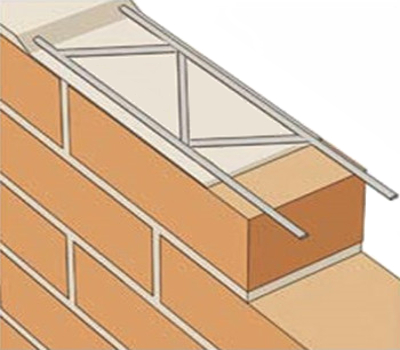
Block Ladder
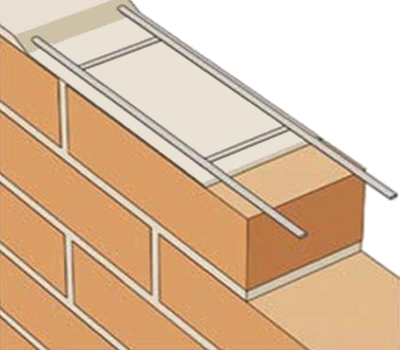
Block Ladder
2. Block Angles/Corrugated Angles
- Manufacturers make block angles and other block wall ties from galvanized sheets, stainless steel sheets, or even from round steel rods.
- Block angles are steel angles whose angle is straight. to increase friction.
- Sometimes these ties come a fishtail on one side and holes on the other.
- They connect block walls to concrete columns or to steel beams or connect block walls to concrete walls. This results in increasing stability of connecting building elements.
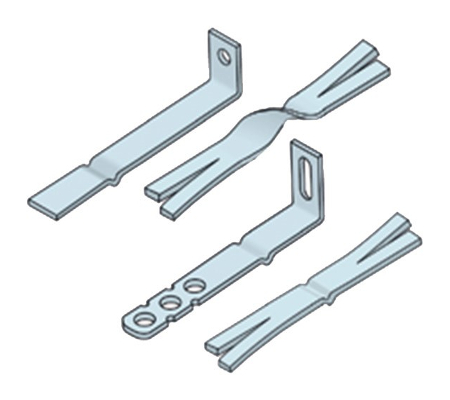
Block Accessories
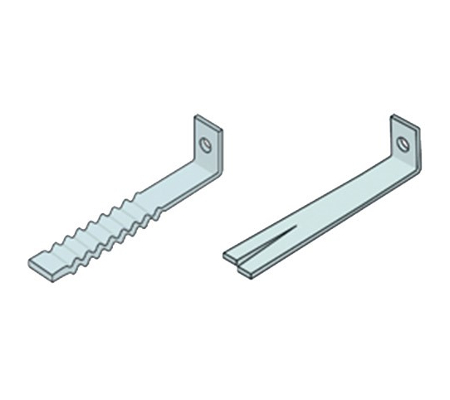
Corrugated Angle
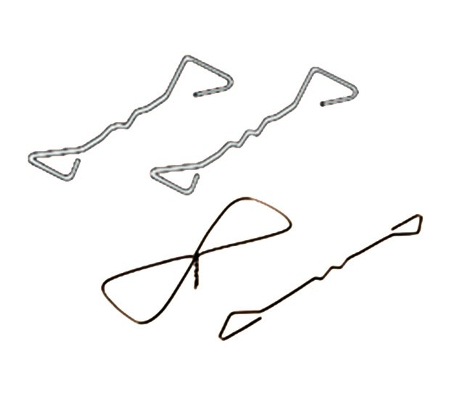
Wire Block Accessories
Plastering Accessories
Plastering accessories are made of galvanized steel coils, which can come in various thicknesses. First, these coils are cut into sheets of standard lengths. Next, straight slit-cuts of certain lengths are made in these plates with specific vertical and horizontal spacing. In the last stage, the plates are stretched from both ends to form spaces in a metal mesh whose holes have a rhombus shape.
Plastering accessories are fixed using steel nails approximately 3 cm long with a galvanized or stainless-steel washer. During installation, the installer must completely stretch the mesh part of the plastering accessory. The mesh is fixed every 20 to 25 cm. The installer should distribute the mesh evenly over the space between the different building elements in both directions. Finally, apply a good layer of cement mixture over the mesh and ensure that there are no voids behind the mesh.
We recommend using a drill machine or a nail gun when installing the mesh part and not using a hammer. The mesh, the washer, and the nail shall be of galvanized metal or stainless steel.
1. Expanded Metal Lath/Metal Mesh:
Shapes and Dimensions
- Metal lath is manufactured in coils and sheets.
- It comes in different widths 10, 15, 20, 30, and 60 cm.
- It comes in different coil lengths 10, 12, 15, 20, or 30 m. Variation in type and size allows customers to purchase the product according to their needs and project requirements.
Area of Use
- Installers can install metal lath over electrical piping or plumbing piping areas.
- When two different building elements meet together, like the area between block walls and building concrete elements.
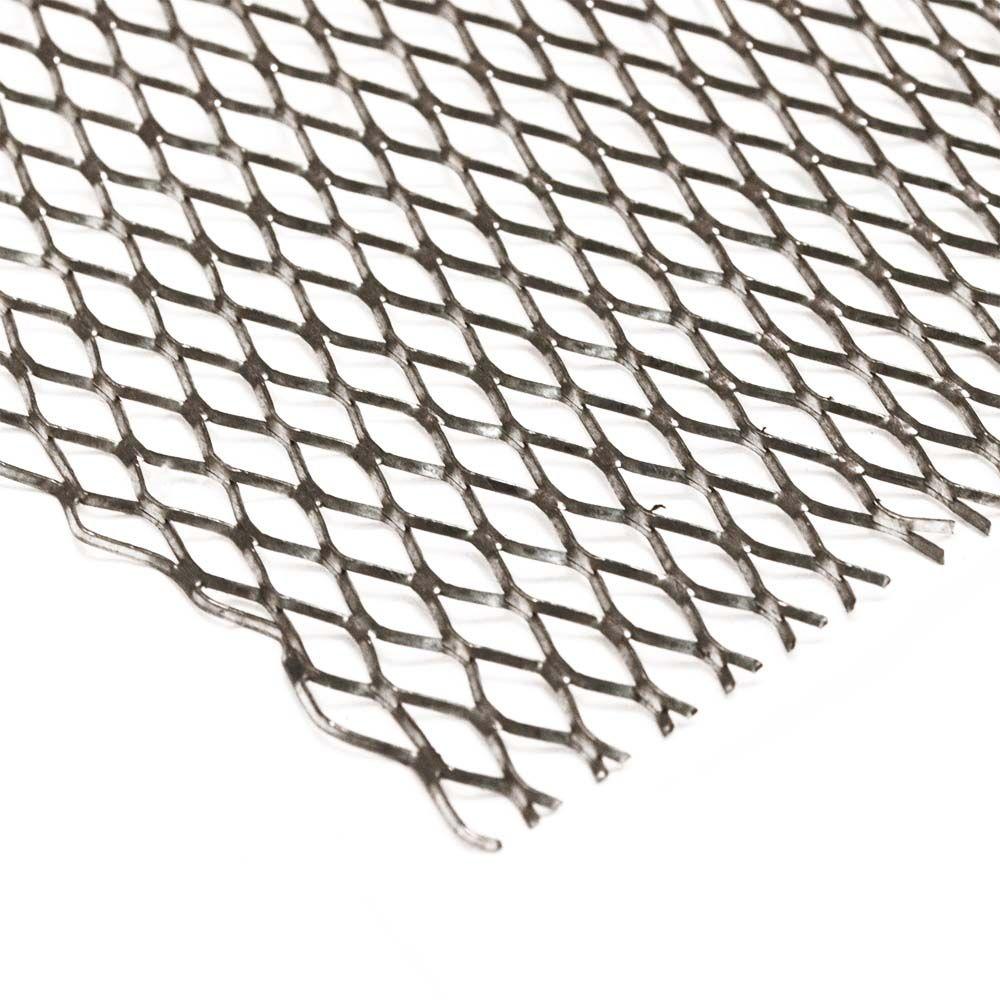
Expanded Metal Lath
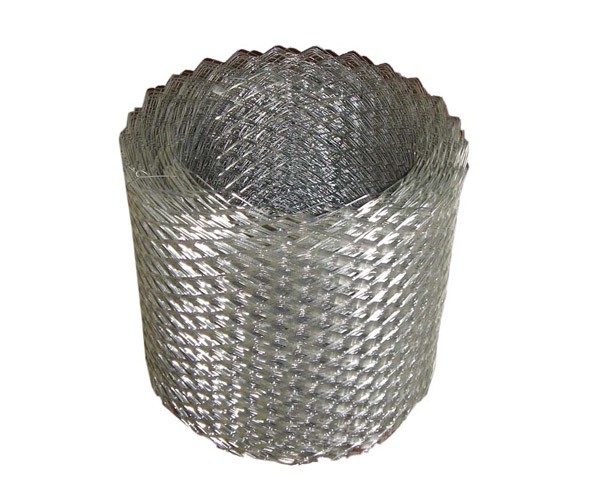
Expanded Metal Lath
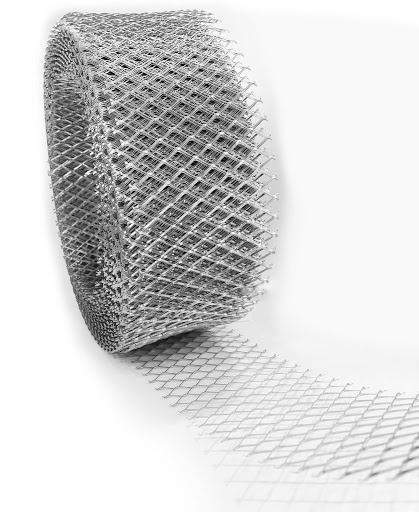
Expanded Metal Lath
2. Corner Beads/Angle Beads
Corner Bead Sizes
- Angle beads are available in two sizes, 50×50 mm and 70×70 mm, with several lengths ranging from 2700-3000 mm.
Area of Use
- Internal and external corners in indoor or outdoor building walls.
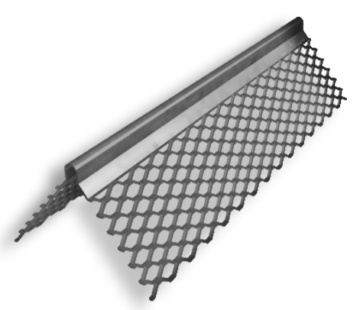
Corner Beads
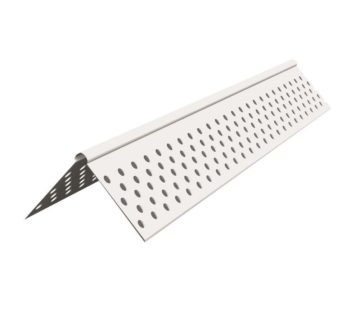
Corner Beads
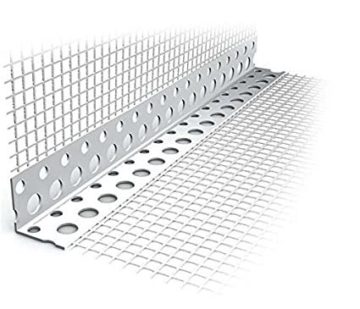
Corner Beads
3. Plaster Stop Beads
Purpose of Use
- To ensure perfect straightness of plaster edge.
- To guarantee that plaster edge is protected against damage, shrinking cracks, and breakage.
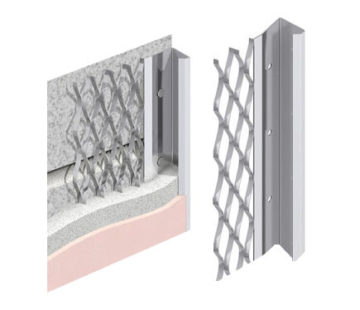
Plaster Stop Beads
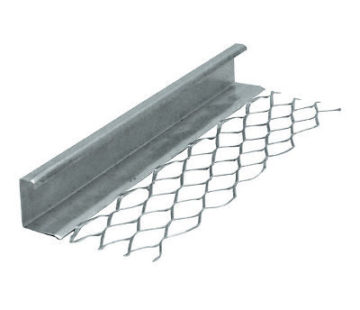
Plaster Stop Beads
4. Plaster Architrave Beads
We usually use these plastering accessories for decoration purposes. It fills a space or a gap (buried) inside a wall to separate between the first and the next.
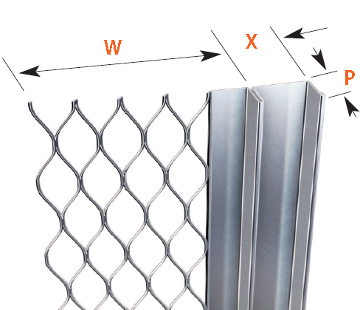
Plaster Architrave Beads
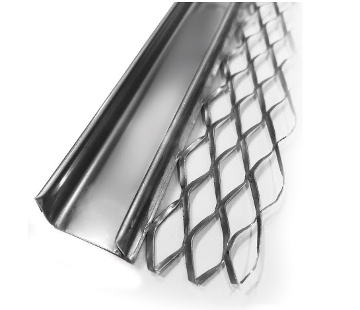
Plaster Architrave Beads
5. Plaster Movement Beads
We install this type of beads to prevent movement between two plaster surfaces at expansion joints.
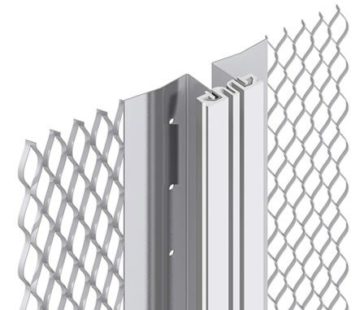
Plaster Movement Beads
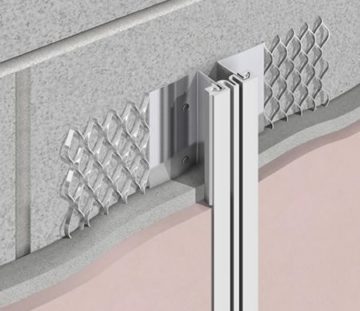
Plaster Movement Beads
6. Plaster Control Joint Beads
We use this control joint bead when there is a time-lapse on the same surface plastering work. This control bead helps the two plaster areas to hold together after drying.
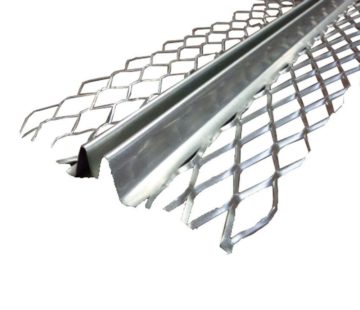
Plaster Control Joint Beads
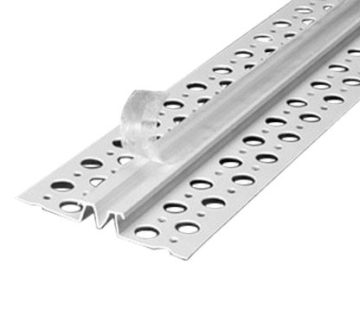
Plaster Control Joint Beads
7. High Rib Lath
We use this type of plastering accessories to reinforce plastering work on ceilings, walls, and floors. When the back surface is not supported by a whole
structure, high rib laths can work very well as a fake
plaster surface.
High rib laths are also used to reinforce raft slab foundations walls, I-beams, low straight bridges, or bent bridges. Additionally, they are used to separate two huge concrete slab foundations constructed at different time intervals.
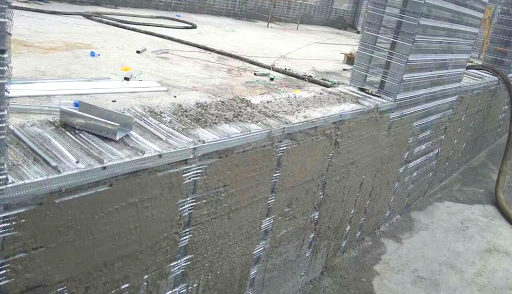
High Rib Lath
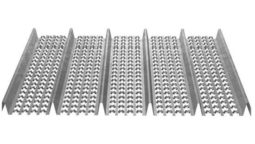
High Rib Lath
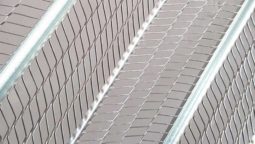
High Rib Lath
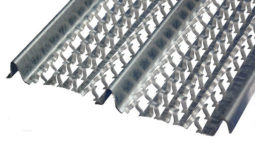
High Rib Lath
